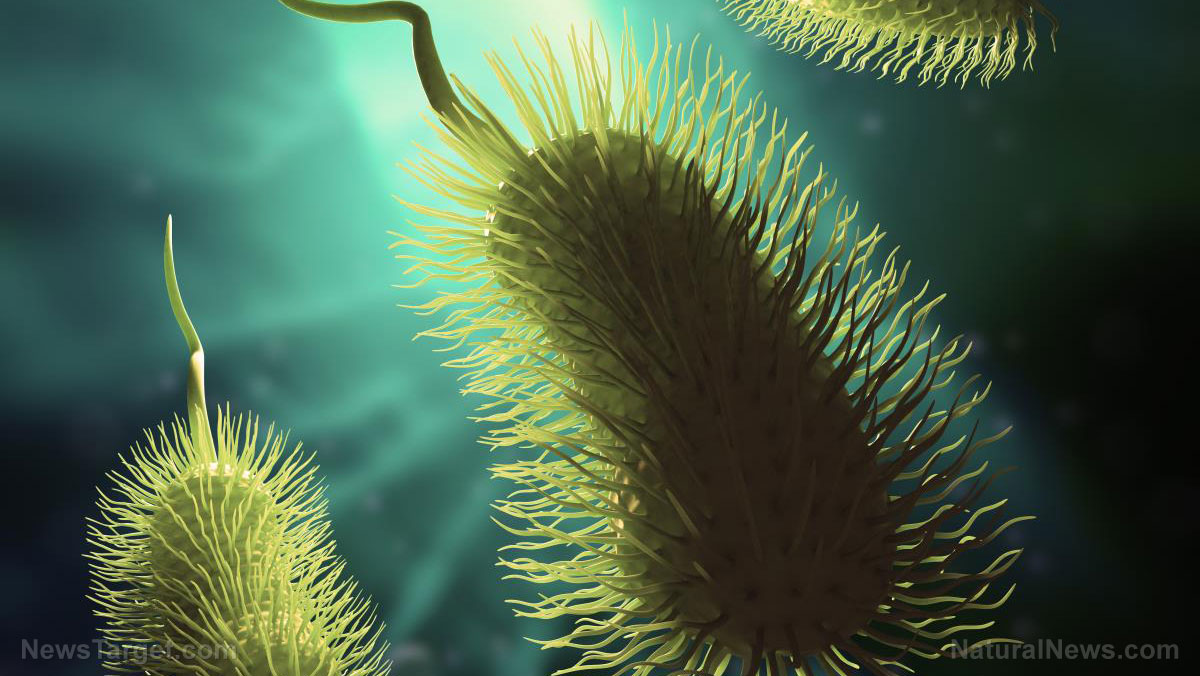
According to ScienceDaily, this project is a collaborative effort between the University of Hawai'i at Mānoa and Monterey Bay Aquarium Research Institute (MBARI). On the 10th of March, oceanographers and engineers from both institutions deployed two of three long-range autonomous underwater vehicles (LRAUVs) in Hawaiian waters.
Measuring 10 feet in length and 12 inches in diameter, each LRAUV is shaped like a decently sized torpedo. But instead of honing in on a target, the LRAUVs collect and archive seawater samples to make it easier to identify the types of microorganisms proliferating the seas. They also gather pertinent information about the surrounding waters. This includes data on chlorophyll, water temperature, and chemistry, all of which will be transmitted to scientists on a nearby ship or back on shore.
Another use of the LRAUVs is for surveying open-ocean eddies. These circular water currents can be several miles across and last for months at a time. Eddies of this scale tend to dredge up water from the bottom depths of the oceans -- water that’s rich in microbes and the nutrients that sustain these microbes.
"The new LRAUVs can transit for over 600 miles, and use their own 'eyes and ears' to detect important oceanographic events like phytoplankton blooms. These new underwater drones will greatly extend our reach to study remote areas, and also will allow us to sample and study oceanographic events and features we can see by remote satellite imaging, even when ships are not available," said DeLong.
He added that the LRAUVs would provide he and his colleagues with a better glimpse into ocean microbes. From observing changes in microbial populations to ascertaining the dynamics between various species, all of this will be done in unmatched detail. "This project gives higher resolution than we’ve ever had before," DeLong told NewsDeeply.com. "We’re taking snapshots of the microbial community and once we get the genomic information, the stills can be put together to form a movie."
"Although this fleet of AUVs will never replace our need for a capable research vessel, it will provide much-needed access to the sea and the collection of novel data sets that would not otherwise be possible," Karl added.
What we know about ocean microbes
About 98 percent of the oceans’ biomass is composed of these microorganisms. In fact, as per the National Oceanic and Atmospheric Administration (NOAA), ocean microbes are so abundant that they have parts in the Earth’s various processes. From the biological to the ecological to the biogeochemical, ocean microbes are integral to all these mechanisms.
For instance, coral polyps rely on "coral-specific algae" to fuel their biological functions. The utilization and incorporation of iron, copper, and other metals in biogeochemical practices is influenced by ocean microbes as well. And, for our part, we’ve managed to extract chemicals from ocean microbes that could potentially serve as the cure for diseases like cancer. (Related: Remember the BP Deepwater Horizon oil catastrophe? The oil was eaten up by ocean microbes (because Mother Nature heals itself).)
At the same time, ocean microbes can be deadly. An overabundance of microbes in coral reefs has been linked to the increased occurrence of disease among marine organisms.
This fact and so many others prove that we still have much to learn about ocean microbes.
Visit Environ.news to read up on more stories about ocean microbes and other useful microorganisms.
Sources include:
OceanExplorer.NOAA.gov [PDF]
Please contact us for more information.























